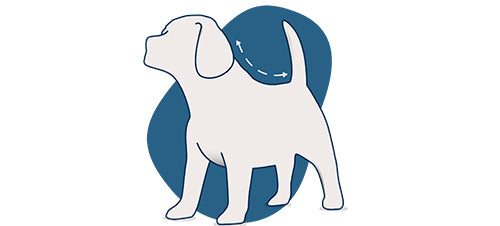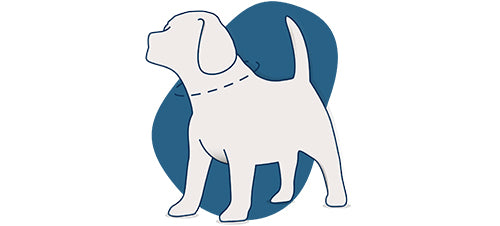As springtime approaches, the weather becomes warmer, the days become longer and nature comes to life again. Spring is a beautiful season, full of blooming plants and green landscapes; the perfect time for longer walks in the countryside! With this comes the hazard of poisonous plants, some that can cause illness and in worst cases even death. In this article we highlight the top six plants that you need to watch out for, as well as the symptoms your pet may display if they ingest them.
The Poisonous Springtime Plants to avoid:
1. Lily of the Valley
These plants are very popular in the spring, and many people choose to have them in their home or garden. The Cardenolides in Lily of the Valley are extremely poisonous to pets. If your pet ingests Lily of the Valley, they should be taken to a vet immediately. The symptoms include Vomiting, Diarrhoea, Drop in heart rate and Seizures.

2. Lilies
Lilies are beautiful plants, but a number of varieties are poisonous to pets, cats in particular. Not every lily is toxic: Calla, Peace and Peruvian lilies may cause some intestinal discomfort or drooling, but there isn’t too much need for concern.
However, the following list of lilies are toxic:
- Tiger lily
- Asiatic lily
- Stargazer lily
- Casablanca lily
- Rubrum lily
- Day lily
- Japanese Show lily
- Easter lily
If your cat swallows even a tiny amount, including the pollen, it can cause kidney failure. With these plants time is of the essence, so if you suspect your cat has swallowed some, you need to take them and the plant to your vet immediately.

3. Crocuses
There are a number of different types of crocus that bloom in the springtime, and all of them are a potential danger to your pet. The Ingestion of Spring crocuses can cause the following symptoms:
- Gastric upsets (flatulence and diarrhoea)
- Vomiting
Pet owners should be aware of another crocus, the Meadow Saffron. Whilst it doesn’t grow in Springtime, rather in the Autumn, it’s highly toxic and therefore important for pet owners to avoid. Symptoms of Meadow Saffron ingestion include:
- Vomiting
- Gastrointestinal bleeding
- Liver and kidney damage
- Respiratory failure
Symptoms can occur right away or after a few days.

4. Daffodils
People often forget how toxic daffodils can be for pets. Even licking the flower can cause serious health issues. If a pet licks or chews a daffodil, they are at high risk of ingesting an alkaloid called Lycorine, which can cause:
- Irritated mouth tissue
- Excessive drooling
- Vomiting
- Abdominal pain
- Diarrhoea
- Heart problems
- Respiratory problems
If the more serious symptoms occur, veterinary attention is required immediately.

5. Tulips
A pretty flower, and one that (like daffodils) is typically associated with the coming of spring, this plant can cause some serious damage to your pup. It is important to remember that it is the bulbs that are poisonous. Here are the symptoms:
- Mouth and throat irritation
- Drooling
- Vomiting
- Diarrhoea
- Increased heart rate
- Changes in breathing
There is no antidote for the ingestion of this plant, so veterinary treatment should be sought out immediately.

6. Hyacinths
Hyacinths cause the same issues as tulips, as they both contain allergenic lactones, and again it is the bulbs that are poisonous when ingested. Here are the symptoms you should look out for:
- Mouth and throat irritation
- Drooling
- Vomiting
- Diarrhoea
- Increased heart rate
- Changes in breathing
There is no antidote for the ingestion of this plant, so veterinary treatment should be sought out immediately

Spring is a time of colour and beauty and should be enjoyed by both you and your pet. It’s important that you are aware of the potential hazards so you can make the most of the season without any disasters. If you are ever in doubt, or think your pet may have ingested a poisonous plant, do not hesitate to contact your vet immediately.









































































































